“We change our behavior when the pain of staying the same becomes greater than the pain of changing. Consequences give us the pain that motivates us to change” – Dr. Henry Cloud and Dr. John Townsend
Successful businesses require the ability to change and increasingly to adapt quickly, to be agile to new approaches and technologies and be flexible to the needs of the business and customers.
We are at the wake of monumental change and how businesses service and engage with the customer and employee alike are under upward pressure from users and customers who are driving a higher expectation on their provider where brand loyalty can wane quicker than ever before.
Of the Fortune 500 firms in 1955, come 2015 89% of the list has changed, having either gone bankrupt, merged, or exist but have fallen from the Fortune 500. The Fortune 500 is fast becoming the Digital 500 with new world entrants fast displacing the legacy firms. Unicorns like Salesforce, Facebook, Twitter, YouTube, Uber and the like are showing how business models are innovating and enabling disruption of the status quo more quickly than we have ever seen before. In July 2015, six companies accounted for 53% of the Nasdaq’s $664 billion market value (Amazon, Google, Apple, Facebook, Netflix and Gilead), five being high tech innovative firms and four of these who have been around on average 17 years).
Users and customers expect access anywhere, anytime, any device and from interfaces that engage them and make their lives easier delivering easy intuitive interaction.
Businesses that allow themselves to be constrained and held back by legacy attitudes, technology platforms and skills or contractual constraints are going to increasingly find themselves at risk of displacement and disruption by more agile, faster moving and adapting businesses. We have seen enough evidence of this already across industries, with new entrants changing the delivery mechanism and form factor to customers – take Blockbuster Video gone to the likes of Netflix, Kodak to digital photography and a plethora of music outlets to the likes of iTunes.
New delivery models also bring with them new ways of interacting and enthusing customers to engage. Gamification is increasingly entering our lives, even if not labelled as such to the user. Take for example Waze, a satnav free application that rewards users with points and badges for reporting traffic and incidents thus delivering accurate information without the need to deploy expensive monitoring cameras.
To serve users and customers in a way they want and expect to be serviced is going to be key and being open to utilizing new technologies such as cloud, mobility, big data and to changing again and again where needed will be critical in the new economy.
In business we already see users bringing their own devices to use at work, departments deploying their own applications from the cloud on a credit card (shadow IT) claiming IT hasn’t moved quick enough or that they can do things easier at home where they choose the best application and device for the job without the normal corporate constraints applied to them.
Change is never easy where you have to conform to policies, security requirements, standards, decision processes and budgets and it is going to get harder with the ever higher demands and expectations of users and customers. Resisting change or finding reasons not to do it will carry less and less weight. Businesses are going to have to become agile and to find ways to offload workloads to others to allow themselves to focus on the needs of the business, to become unconstrained and more flexible.
Technology is moving at an increasing pace and introducing new concepts, approaches and capabilities that can make a big difference to the success of a business. You need to harness change to your advantage and use it as a positive tool against less capable competitors and IT needs to become a change agent, not a barrier.
Already we have a mix of new world mechanisms including cloud, visualization, mobility, Internet of Things (IoT), big data, gamification, social media, smart devices, 3D printing and virtual reality at the forefront with more to come as innovation accelerates.
Businesses that want to be successful in the coming years need to keep up with technology and quickly learn to use it to their advantage. If you find yourself justifying to your business or users reasons why you cannot change, ask whether you are taking the easy option for the wrong reasons.
IT needs to keep up with the speed of business and support the needs to be successful and no longer be constrained by contractual boundaries, shortage of localized skills or existing platform limitations. The need to build agility into decisions you make is going to become increasingly part of the selection process.



